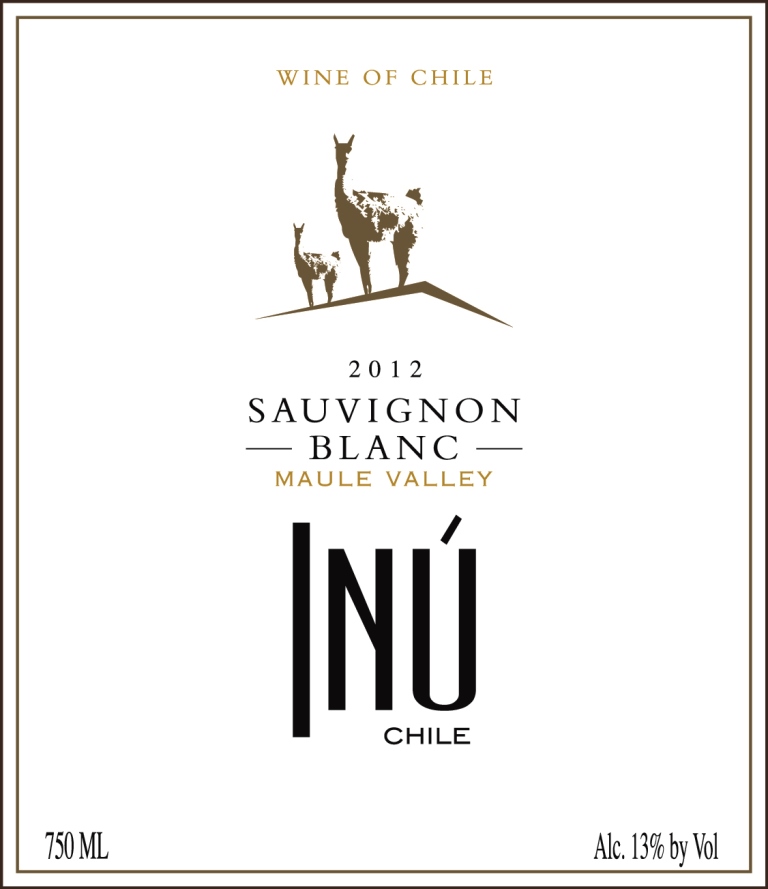2012 Maule Valley Sauvignon Blanc
The Inu Sauvignon Blanc from the esteemed Maule Valley is a delightful expression of this noble varietal, showcasing a bright and refreshing character that is deeply inviting. This white wine presents a medium body, delivering a harmonious balance of crisp acidity and vibrant fruit intensity, making it incredibly food-friendly. The aromas are bursting with zesty citrus notes, complemented by hints of tropical fruits and a subtle herbal undertone that is often associated with Sauvignon Blanc. Its dryness enhances the overall experience, leaving a clean and uplifting finish that beckons for another sip. The Maule Valley, known for its diverse microclimates and rich soils, contributes to the intricate layers of flavor in this vintage, making it a true gem for wine enthusiasts.
The Inu Sauvignon Blanc from the esteemed Maule Valley is a delightful expression of this noble varietal, showcasing a bright and refreshing character that is deeply inviting. This white wine presents a medium body, delivering a harmonious balance of crisp acidity and vibrant fruit intensity, making it incredibly food-friendly. The aromas are bursting with zesty citrus notes, complemented by hints of tropical fruits and a subtle herbal undertone that is often associated with Sauvignon Blanc. Its dryness enhances the overall experience, leaving a clean and uplifting finish that beckons for another sip. The Maule Valley, known for its diverse microclimates and rich soils, contributes to the intricate layers of flavor in this vintage, making it a true gem for wine enthusiasts.




